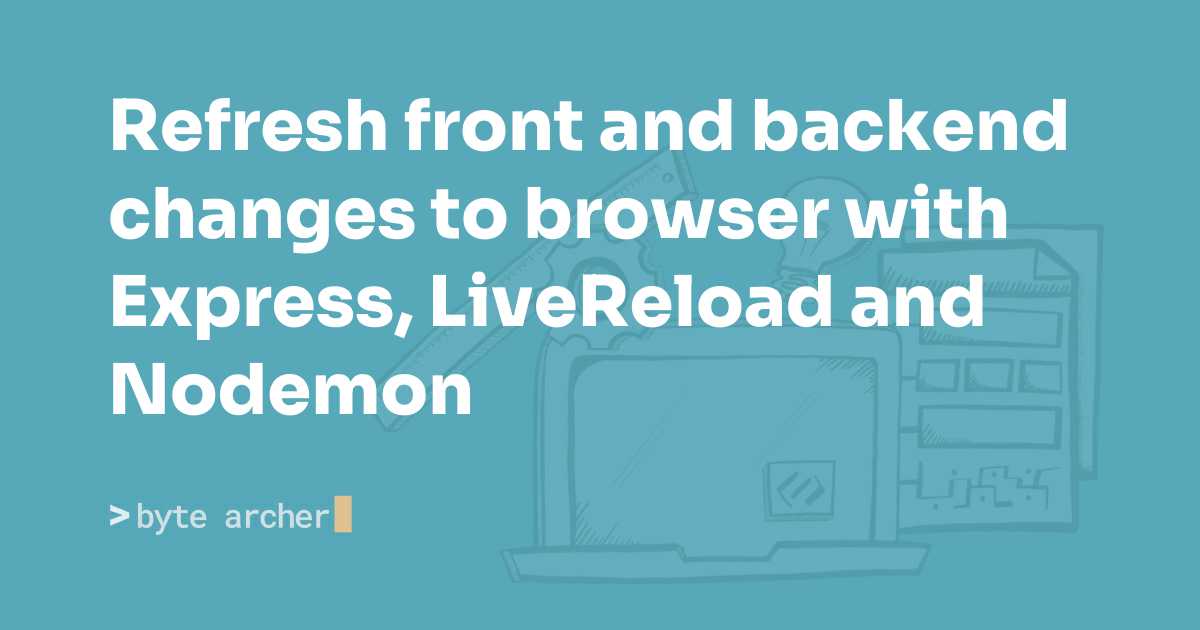

The interface is ergonomic, all content-editing is performed in-context. There is even live reload via the built in browsersync, allowing you to instantly see every change you make directly in your browser.Īpostrophe is a content management system designed for maximum flexibility with a minimal learning curve. It supports multi-language sites, simplified routes, and a ton of other features. The project offers a number of themes that you can use and customize the way you like.
#ALTERNATIVE TO LIVERELOAD INSTALL#
It is easy to install and can be deployed via Git. It works without a database, instead relying on a system of flat files that can be opened directly in a text editor. It represents a CMS alternative for web developers who want to build a data-driven website but don’t want to get into the PHP platform or large systems like WordPress.Įnduro.js offers a fast and easy way to build your project, beautiful and simple admin UI and integrated tools to build everything on the server. It is based on the Express framework for Node.js and uses MongoDB for data storage. 2 likes Reply IroncladDev Feb 9 21 You can have debug mode on inside of the app.run () function. Flask will use the default loaddotenvTrue param and load this file. KeystoneJS is a content management system and framework to build server applications that interact with a database. flaskenv in the root of the project and move those variables to this file, actually this is the recommended basic way to load enviroment variables with Flask. There are many various latest challengers that have large communities, support themes, plugins and are easy to install on your own server. So, this is really convenient, there is no need to manually stop the server and restart it, whenever we make a change.As compare to WordPress there is alternative option like Node.js.

It also works for files in subdirectories. It watches the files and it has seen that I have changed server.php. > starting `php server.php ` > Listening on * > starting `php server.php ` > Listening on > to restart at any time, enter `r ` > watching: *. This can be accomplished via alternative means, the important part is the browser. Importing XML Configuration If you absolutely must use XML based configuration, we recommend that you still start with a Configuration class. LiveReload routing is currently supported only on the magento2. Alternatively, you can use ComponentScan to automatically pick up all Spring components, including Configuration classes. Now, if I save this file, you see that nodemon restarts the server. The Import annotation can be used to import additional configuration classes. So, we go ahead and install nodemon globally: npm install -g nodemonīy default, nodemon works with JavaScript environment, but we can configure it and adapt it to PHP. " \n " // run the application $loop -> run () Įach time we change something in this code, we need to manually restart the server for changes to take place. str_replace ( 'tcp:', 'http:', $socket -> getAddress ()). Just a dummy example like this: 'text/plain' ], "Hello world" ) }) $socket = new \ React\Socket\Server ( '127.0.0.1:8000', $loop ) $server -> listen ( $socket ) echo 'Listening on '. Let’s say we have an asynchronous ReactPHP HTTP server. It monitors the source and restarts the application, once we change something. Actually, this tool was built to help in developing NodeJs applications, but it can be easily used with PHP. It’s not very fun, so it would be nice to avoid having to do this work over and over again.įor this, we can use a package called nodemon. Having this kind of applications each time we make a change we need to reload the application: manually stop it and then run the script again. It may be an HTTP server or some other service listening for incoming requests. On every new request each time we bootstrap the whole application.īut what if we are building another sort of application: a long-running script. They have already applied automatically because of the nature of PHP, its request-response model. We make some changes in the source code, save it, then make the request in the browser or some other client and we can see these changes. When building a traditional web application in PHP we don’t care about reloading it.


 0 kommentar(er)
0 kommentar(er)
